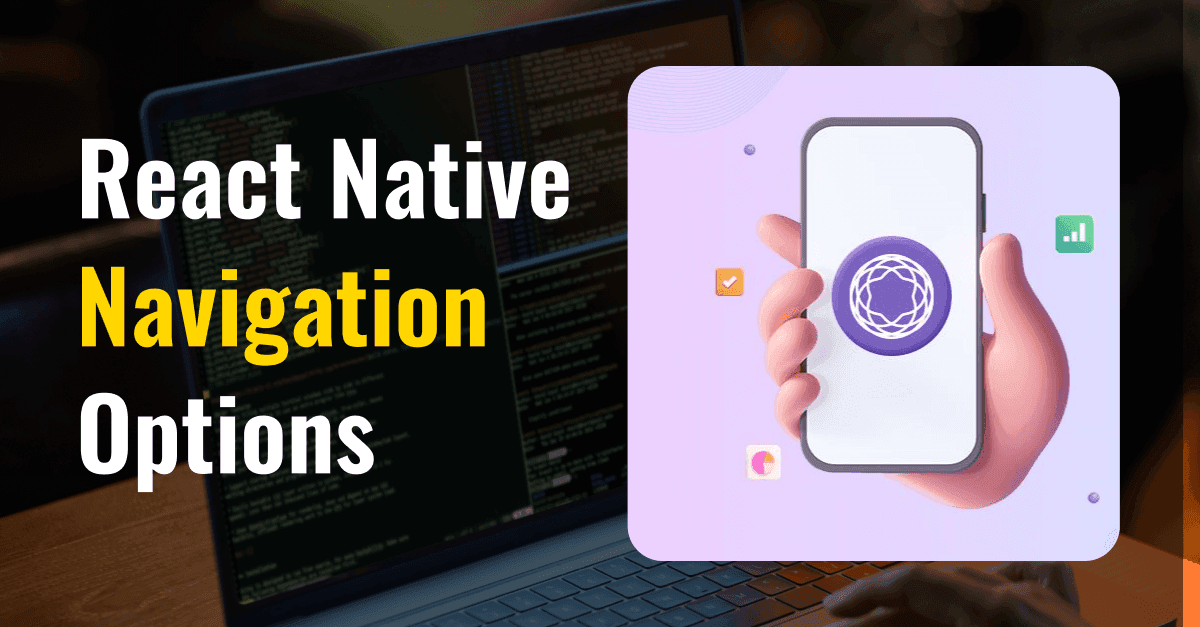

Loading

Loading

Enhancing User Experience with React Native Navigation Options: A Guide to Customizing Screens and Headers
In today's fast-paced world, mobile app development has become a vital part of businesses across industries. React Native, with its ability to create cross-platform apps efficiently, has gained immense popularity. One of the key aspects that contribute to a seamless user experience is navigation. In this blog post, we will delve into the world of React Native navigation options, focusing on customizing screens and headers to create engaging and user-friendly apps.

Understanding React Native Navigation: React Native provides various navigation libraries that help developers create intuitive and interactive navigation experiences. Among these, React Navigation stands out as a robust and flexible choice. It allows developers to create intricate navigation patterns while maintaining a smooth performance.
Customizing Screens: The first step in crafting a compelling app is designing visually appealing screens. React Navigation empowers developers to customize screens to match the app's branding and style. This can be achieved through custom components, styles, and transitions. By creating unique screen layouts, you can captivate users and leave a lasting impression.


Hire React Native Developer Services: As you embark on your journey to enhance your app's navigation and overall user experience, consider the benefits of hiring a professional React Native developer. At CloudActive Labs India Pvt Ltd, we specialize in Staff Augmentation Services, connecting businesses with skilled and experienced React Native developers. Our experts can help you navigate the intricacies of React Navigation, ensuring that your app's navigation is not only functional but also visually appealing and user-centric.
Conclusion:
In the world of mobile app development, creating a seamless navigation experience is crucial to retaining users and driving engagement. React Native, with its versatile navigation options, provides developers with the tools they need to create apps that stand out. By customizing screens and headers, you can craft an app that aligns with your brand and delivers an exceptional user experience. And if you're looking to bring your vision to life, don't hesitate to explore our Hire React Native Developer Services at CloudActive Labs India Pvt Ltd. Contact us at [email protected] or call us at +91 987 133 9998 to learn more. Your app's success story starts with thoughtful navigation design and development.









Have questions or need assistance? We're here to help! Reach out to us today, and our team will get back to you as soon as possible.